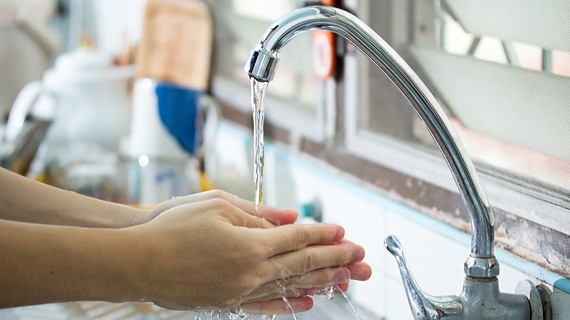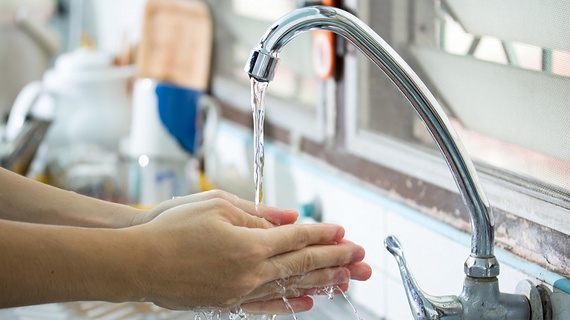
There’s no doubt about it: keeping your workers and site visitors safe on your premises is one of your business’ most important obligations. And, when it comes to preventing Legionnaires’ disease, the complexity of legionella risk assessment and control means the easiest way to achieve this safety is with the help of a water treatment company who knows the ins and outs of the bacteria - how it grows, where to look for it, and how to control it.
However, that’s not to say every single legionella control activity requires the presence or supervision of a dedicated water treatment professional. Here are three practices you can keep in-house and therefore cut costs without cutting corners.
1. Monthly temperature monitoring
Legionella bacteria multiply rapidly when the temperature of the water is between 20 and 45° C. Observing temperatures at key points around your water system is something everyone can do to minimise the chances of an outbreak of Legionnaires’ disease.
Your water treatment company will be able to assess and adjust the temperature of your hot water cylinders and sentinel outlets to prevent legionella growth, but you should check these components on a monthly basis. Your hot water must be kept above 50° C and your cold water shouldn’t reach temperatures any higher than 20° C. Taking the time to do this will control the risk of legionella and reduce the cost of recurrent inspections.
2. Quarterly showerhead clean and disinfection
The slime and scale that build up on showerheads are a great source of nutrients for bacteria like legionella. What’s more, the spray of water creates an aerosol that provides the bacteria with a direct pathway into victims’ lungs.
It’s therefore a good idea to clean and disinfect your showerheads at regular intervals. Your water treatment company should be able to provide you with training on how to do this, in compliance with regulations put forward by the HSE.
3. Weekly flushing of infrequently used outlets
Standing water is another risk factor for legionella growth, and can occur in your water system more easily than you might think. If one or more of your outlets aren’t in regular use, for example, you can end up with water sitting in pipes for long enough to reach high-risk temperatures and encourage the growth of sludge, slime and bacteria.
To combat this, you should schedule a weekly flush of all outlets – it’ll help drive water through the system, keep temperatures safe and get rid of any organic matter.
In high-risk buildings, such as health and social care facilities or premises with regular changes in occupancy rates, a twice-weekly flush may be judicious. Your water treatment company should be able to advise.
A note on diligence
In addition to the above, of the best things you can do to keep your workers and site visitors safe from Legionnaires’ disease is to understand how and where the bacteria grows. With the right level of awareness and diligence, you can identify when a change to your water system or the use of your premises increases the risk of legionella, and act accordingly.
These three legionella control practices can be implemented quite easily to reduce third party costs without compromising on your safety. However, there’s a balance to strike – something as complex as legionella control requires the intervention of experts with professional training and knowledge, who can accurately assess the risks on your premises and recommend appropriate remedial actions. They will also know how to adhere to the relevant laws and regulations.
Want to find out more about how you can meet your legionella compliance responsibilities using a combination of in-house and external resources? Check out our free legionella compliance checklist.








